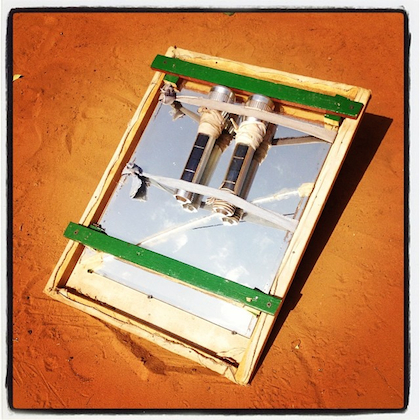Post #17 – where I reflect on a re-discovered practice
I had an experience the other day that was both positive and negative.
I’ll start with the bad news. We had an opportunity to test/trial a new tool that would support student interaction in lectures. Something similar to clickers I guess, but hopefully also easier to access and work with students who might off-campus. So, a demonstration workshop was organised and we soon discovered that the tool (and integration) didn’t really work as advertised when faced with the testing we wanted to do. There was different functionality depending on device, a serious time lag between the face-to-face session and the online space, a non intuitive and clunky interface, some anomalies with the flow and process of designed activity, and a port user experience. This was enough to convince us that the tool wasn’t fit for purpose – yet. The test convinced us that we’d need to look further afield for a tool that would support what we wanted to do.
The good news in all this was that we had an experience that we all agreed was a very useful one. A group of us collectively participated in a test/trial, using the tool in a range of environments (places, space, and devices), and with authentic learning activities. This enabled us to reflect on a range of factors that would be important to make for a good learning experience and ensure intended outcomes are achieved. This included functionality, navigation, input and response, and the leading/presentation of the activity. It was great for a group of people to actively participate, contribute and respond as the session unfolded. Different situations for individuals allowed for a range of response and gave us an excellent overview of the issues that could be expected. We also were able to try and seek alternative solutions to problems as the ‘live’ experience unfolded. While there was an atmosphere of ‘let’s try and break it’, we were also willing it to work so ensured that we gave the system the benefit of the doubt. Also useful was the record of our interactions in a text chat that captured questions and answers.
Everyone was happy with the process and outcome and we’ve committed to using a similar model next time we look at trialling a new product system. Do you do something similar?

Innovation in Niger – recharging torches more effectively
Word of the Day is ’transfigure’ – to change for the better…
Tags: blogjune